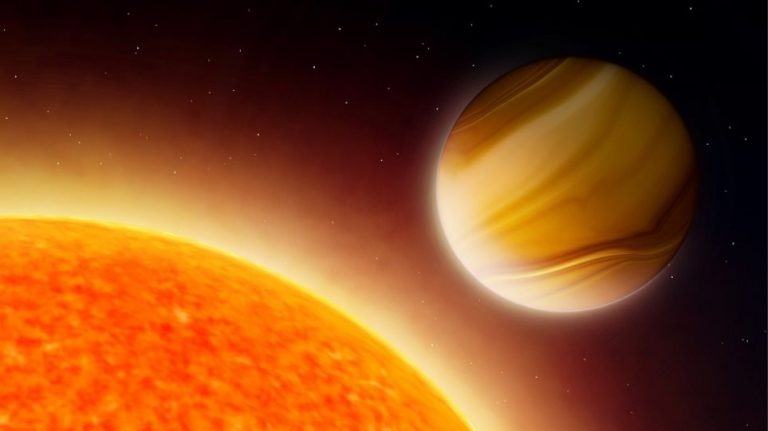Planetary scientists and astrobiologists are gearing up for a major survey process that will dictate NASA’s priorities throughout the 2020s.
That process, overseen by the National Academies of Sciences, occurs every 10 years. National Academies and NASA officials discussed the process Monday March 16 during a digital replacement for a town hall that was planned to occur at the 51st Lunar and Planetary Science Conference this week in The Woodlands, Texas. (The conference was canceled in response to the spread of COVID-19, the disease caused by the new coronavirus).
The decadal survey process gathers consensus from a broad swath of scientists in the relevant fields in order to guide NASA’s long-term priority setting. The new Planetary Science and Astrobiology Decadal will cover the years 2023 to 2032. This cycle of the decadal survey is just beginning; the most recent step was to agree on the so-called “statement of task,” which guides the committee that surveys scientists and writes the final document.
China: Some “cleared” coronavirus patients test positive three times
Decadal surveys are crucial guidance documents because they pull together a host of experts’ views on the current state of a field and the science questions that the community sees as most pressing. The committees involved in the process turn those evaluations into guidance for NASA as to what types of projects to support.
For the first time, that statement of task directs the committee to consider planetary defense within its purview, as well as planetary science and astrobiology. NASA is already planning to launch its first planetary-defense spacecraft mission, called the Double Asteroid Redirection Test (DART), in July 2021. This spacecraft will collide with the smaller half of a double asteroid called Didymos in September 2022 in order to help scientists calibrate the effect of such a measure on an asteroid’s path. A second planetary-defense project, for a space infrared telescope called the Near-Earth Object Surveillance Mission, is in planning for a launch as early as 2025.
Read more: space
Ask me anything
Explore related questions





